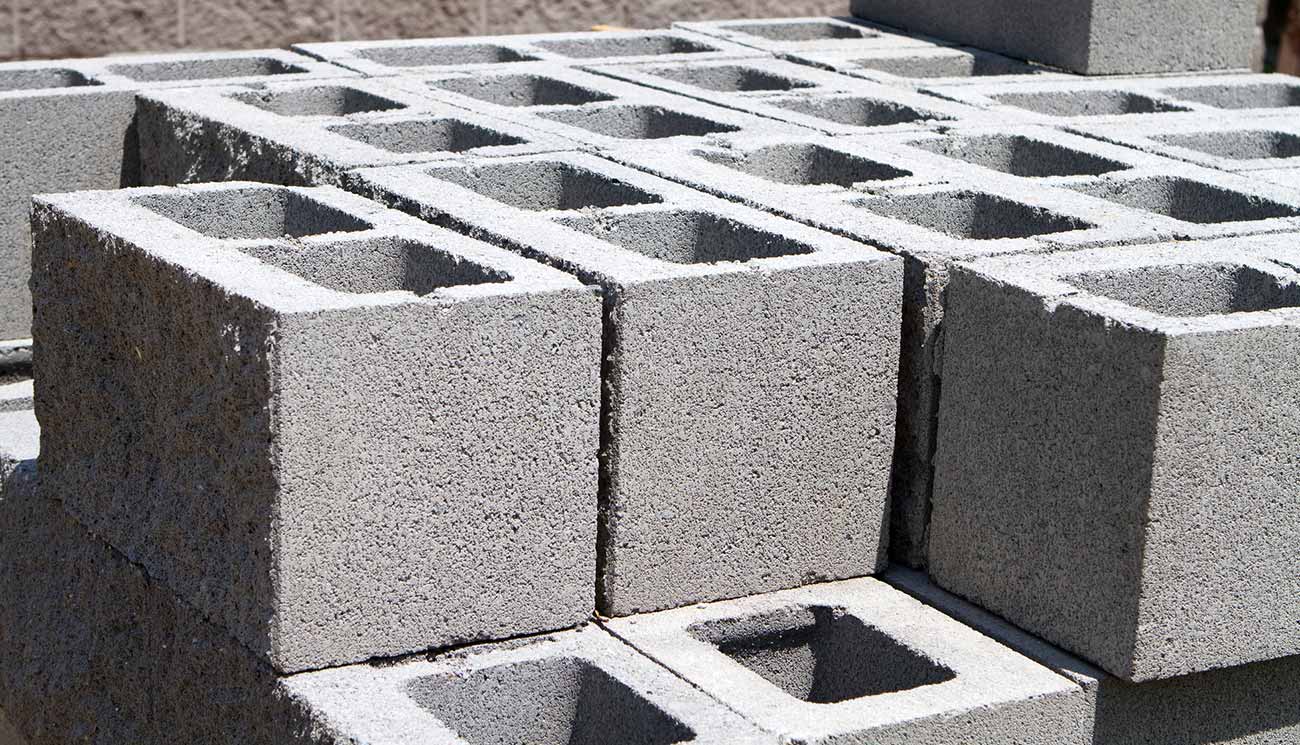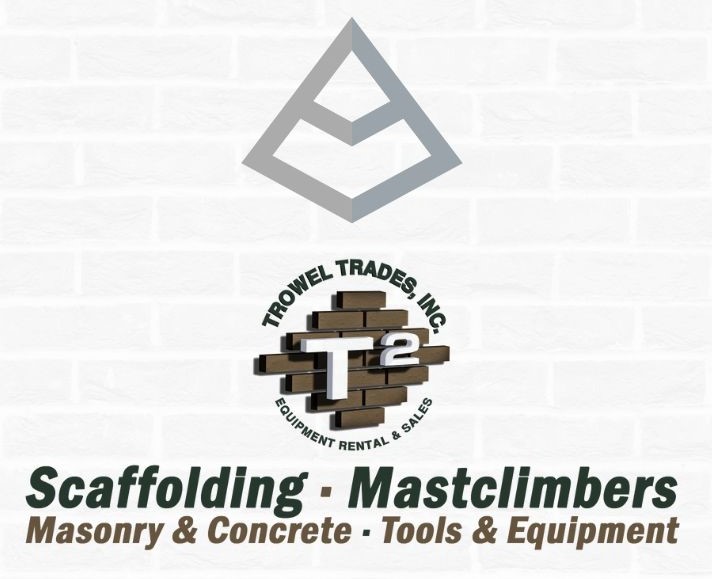
FREE SHIPPING ON
ALL QUALIFYING ORDERS
Enter your email below to join our mailing list:

Cinder blocks, also known as concrete blocks, are a widely used construction material known for their durability and strength. They have been a staple of the construction industry for over a century, and their history can be traced back to the early 1900s.
The earliest known use of cinder blocks dates back to 1900, when Harmon S. Palmer invented a machine that could produce concrete blocks. These early concrete blocks were made with a mixture of cement, sand, and water, and were reinforced with steel to increase their strength.
It wasn’t until the 1920s that the cinder block as we know it today was invented. In 1920, the first hollow concrete block was created by Harmon S. Palmer’s son, Harmon H. Palmer. The new design allowed for more efficient use of materials, making the blocks lighter and easier to handle. The hollow design also allowed for better insulation, which made them more suitable for building homes and other structures.
In the 1930s, the popularity of cinder blocks exploded as they became the go-to building material for construction projects of all kinds. The low cost of cinder blocks made them ideal for use in public works projects, such as highways, bridges, and dams. They were also used in the construction of homes, commercial buildings, and industrial facilities.
During World War II, the use of cinder blocks became even more widespread as the demand for building materials skyrocketed. In the aftermath of the war, cinder blocks were used to rebuild devastated cities and towns, and they played a crucial role in the post-war construction boom.
In the years that followed, cinder blocks continued to evolve and improve. In the 1950s, the use of lightweight aggregates such as pumice and perlite made the blocks even lighter and more insulating. By the 1960s, cinder blocks had become a ubiquitous building material, used in everything from retaining walls to garden beds.
Today, concrete blocks remain a popular choice for construction projects of all kinds. They are widely available and relatively inexpensive, making them an attractive option for DIY projects and small-scale construction projects. Despite the availability of other building materials, the cinder block remains a tried-and-true choice for those looking for a strong, durable, and cost-effective building material.





No spam, notifications only about products and updates.

Having dealt with MK Diamond Products and the Delahauts since the mid 1990’s it is sad to hear the news that they have closed their

I’ve told my wife and daughter to never follow a mortar mixer down the interstate. For over 30 years we have sold, rented, and repaired

This question is one of the most frequent mixer related questions our rental staff are asked. Our contractor customers know the importance of using the right tools for the job.

Trowel Trades, a company that specializes in equipment rental, tool retail, repair services, scaffolding and mast climber access solutions, enters the Silver Tier of the Masonry Alliance Program.
Your email was submitted successfully.
YOUR 10% OFF COUPON CODE IS WELCOME10.
See category exclusions below.
Category Exclusions:
Arbortech Brick and Mortar Saw, Compaction, Concrete Mixers, Concrete Walk Behind Saws, Drop Hammers, Grout Hogs, iQ Power Tools, Masonry Block Saws, Masonry Brick Saws, Mast Climbers, Mortar Mixers, Mud Buggy, Saws, Scaffold, Self Dumping Hoppers, Shoring, and Stihl